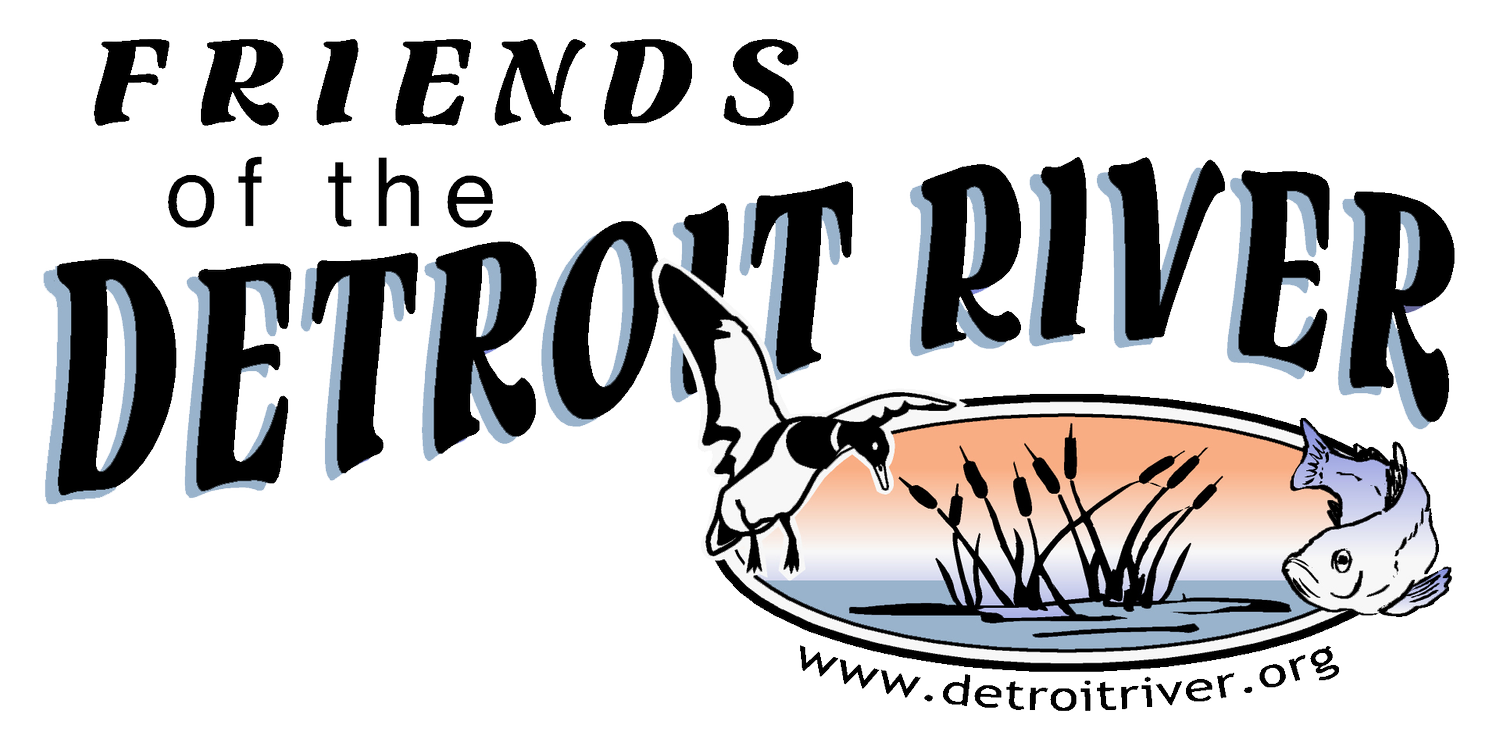Hennepin Marsh
Funding Agency: U.S. Environmental Protection Agency, administered through the National Oceanic and Atmospheric Administration (NOAA)
Project Budget: $4,625,000
Start Date: August 2018
End Date: November 2022
South Hennepin Marsh, an emergent wetland in the Trenton Channel is one of the most important remaining habitats for fish and wildlife in Michigan waters of the Detroit River. This project was identified in the 2002 Habitat Protection and Remediation, Detroit River: Final Completion Report for U.S. Environmental Protection Agency by Dr. Bruce Manny. It ranked 5th among 20 functional candidate sites under private ownership that could benefit from habitat protection in the Detroit River.
The site contains very productive wetlands composed of several types of rushes and submergent macrophyte plants along with incursions of Phragmites stands. It historically contained exceptionally good fish habitat that provides forage for shore birds, waterfowl, turtles, and amphibians. The marsh encompasses approximately 20 acres of submergent macrophyte beds that will be protected by over 1,000 linear feet of new and enhanced habitat shoals resulting in excellent warm water fish nesting areas.
Historically, lake sturgeon, lake whitefish, white bass, smallmouth bass, largemouth bass, walleye, northern pike, muskellunge, rock bass, sunfish and many other fish species populated the area. In addition, the marsh is a popular site for transient waterfowl to gather and provide nesting and feeding areas for many species of local ducks and wading birds. Mink, muskrat, and various species of turtles are known to utilize the shoreline and protective shoal islands.
Project Scope: Being located below the Grosse Ile Toll Bridge causeway, this area of the river is exposed to the full force of the Trenton Channel’s current, boat traffic, wave action and winter ice flow, and decades of erosion have all but eliminated the effectiveness of the two existing shoal islands. To prevent further erosion, FDR and a diverse team of stakeholders along with assistance from Environmental Consulting and Technology (ECT) developed a restoration plan calling for approximately 10,000 cubic yards of rock and soil material for use in rebuilding the islands. This process will include installing erosion matting and plant materials to stabilize the restored areas and protect against future erosion. Secondly, this project will include several habitat improvements that were successfully implemented at other Detroit River AOC restoration projects such as: habitat logs, mudpuppy structures and re-establishment of native vegetation.
Project feasibility/design, engineering, permitting, and bidding documents were completed with funding administered through NOAA. In 2021, additional funding was awarded by NOAA, allowing for construction. Following an open bidding process, E.C Korneffel Company was selected to construct the project. With work beginning in summer of 2021, completion is anticipated by the end of 2022.
Project Output/Outcomes: The south marsh design calls for over 1,000 linear feet of restored and/or new habitat shoals to protect the 20-acre marsh from further degradation, thereby posing a significant increase in fish spawning and nursery habitat as submergent plant materials refill the renewed, calm backwater area. Fish species benefited by the restoration work will include native game fish such as walleye, northern pike, perch, and lake whitefish.
Project Data
These data and related items of information have not been formally disseminated by NOAA, and do not represent any agency determination, view, or policy.


